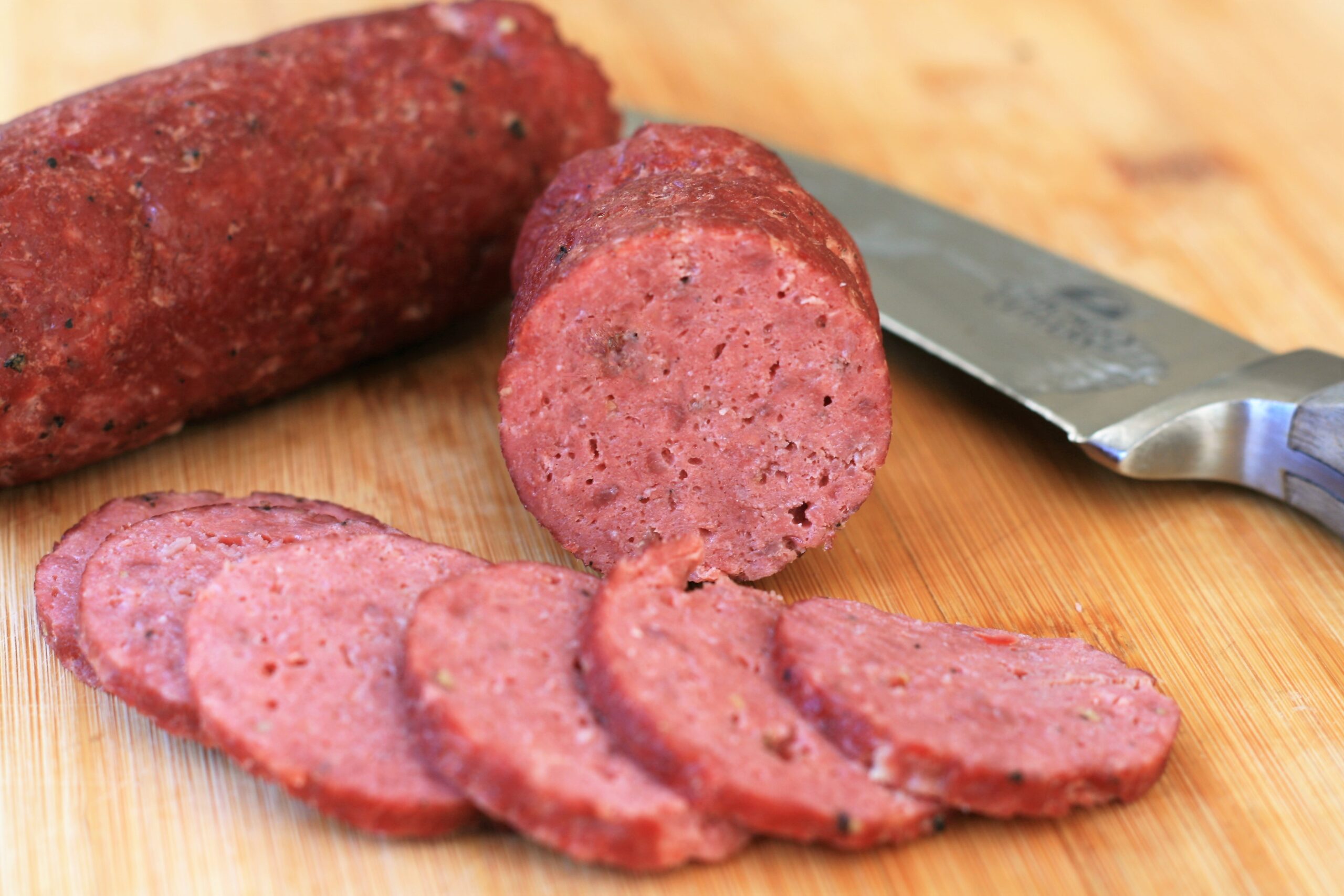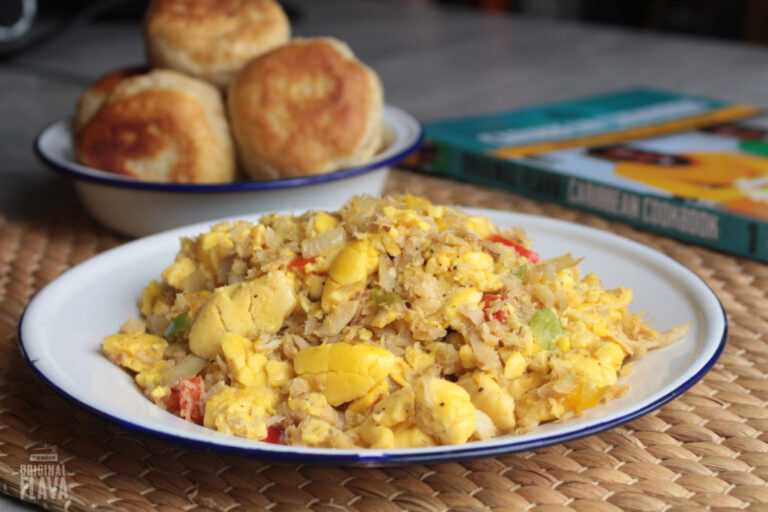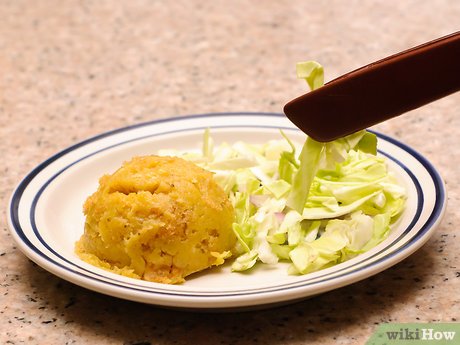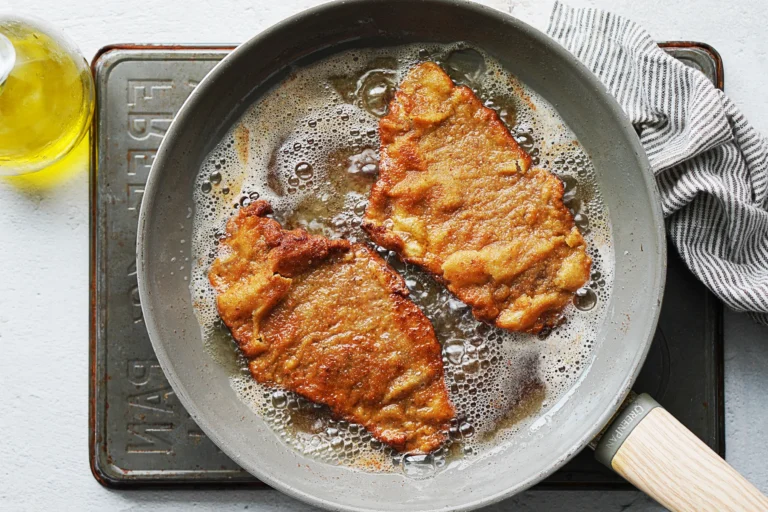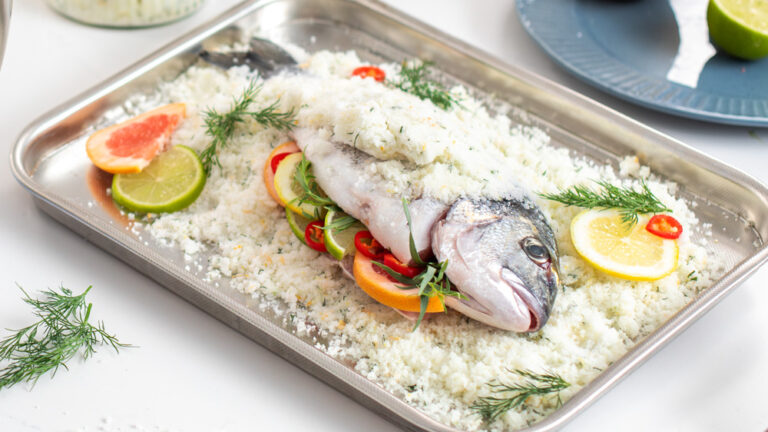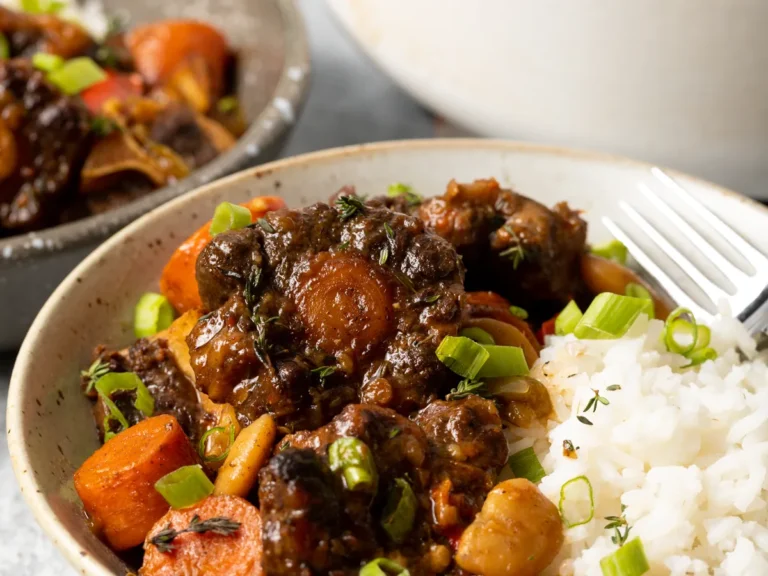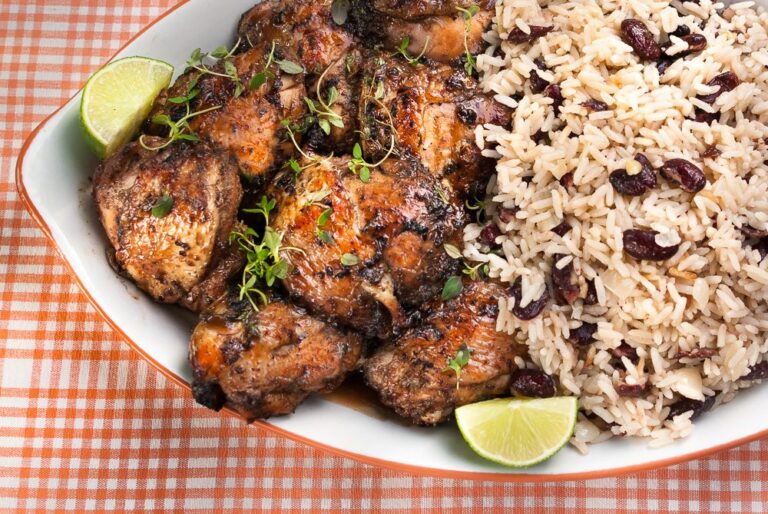Dominican salami for mangu combine to create a breakfast that’s not just a meal but a celebration of flavor. This classic dish, rooted deep in Dominican culture, starts with the star of the show: Dominican salami. Known for its robust seasoning and a delightful hint of garlic, this salami transforms the simple mangu—mashed green plantains—into something extraordinary.
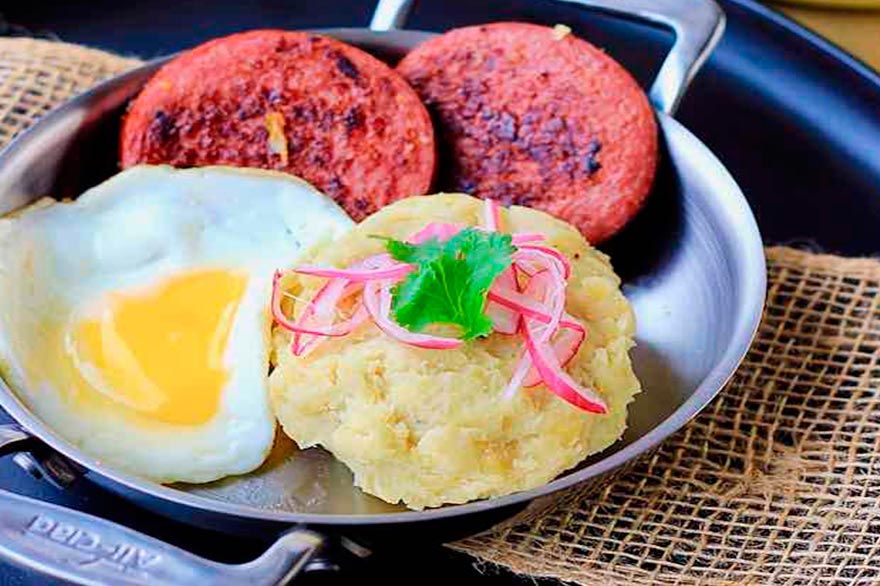
It’s the kind of breakfast that doesn’t just wake you up; it invigorates you. So, let’s dive into how these two traditional elements come together to delight your taste buds and perhaps even transport you to the heart of the Dominican Republic.
What is Dominican salami in mangu?
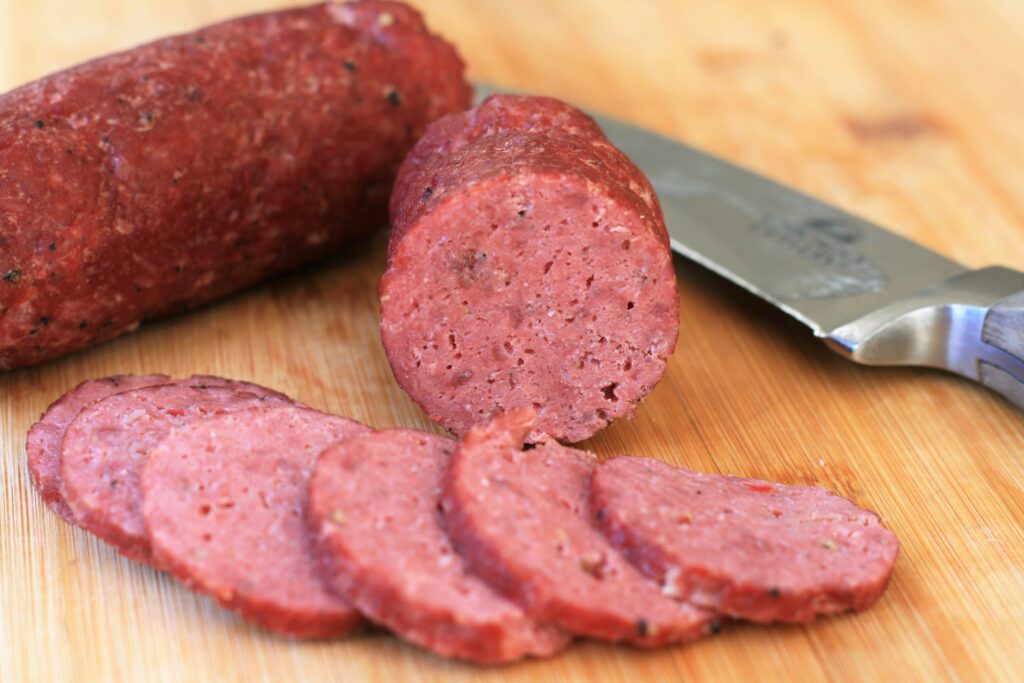
Dominican salami in mangu is a popular breakfast dish in the Dominican Republic that features two key components. Mangu, which is made from boiled and mashed green plantains, serves as a hearty, starchy base.
It’s topped with slices of Dominican salami, a unique type of salami known for its bold, garlicky flavor and fine herbs. This combination creates a savory, satisfying dish that’s beloved for its rich textures and deep flavors, often enjoyed with sides like sautéed onions, fried eggs, or cheese to round out the meal.
Which Salami is Best for mangu
The best salami for mangu is definitely the authentic Dominican salami. It’s specifically seasoned to complement the flavors of Dominican cuisine, often including a mix of garlic, Dominican oregano, and other local spices that give it a distinctive taste. This type of salami is firmer and denser than many others, which allows it to hold up well when fried, adding a delightful crispy texture and rich flavor to the soft, creamy mangu.
If you can’t find Dominican salami locally, a good substitute might be another type of Latin American salami that mimics the firmness and seasoning, or even a Spanish chorizo for a bit of a different flavor profile but similarly robust seasoning. The key is to look for a salami that can provide a strong, savory contrast to the mildness of the mashed plantains.

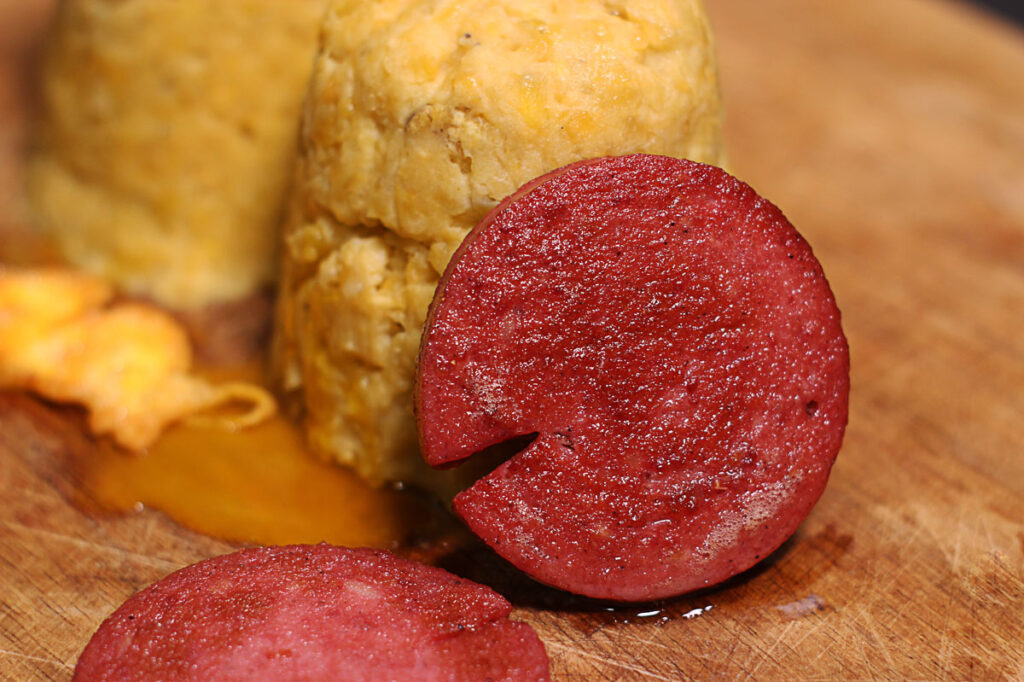
How to make dominican salami for mangu
Making Dominican salami from scratch can be quite the endeavor, as it involves curing and seasoning meat, but it’s certainly a rewarding process! Here’s a simplified version of how you could make Dominican-style salami at home, which you can then use to enhance your mangu:
Ingredients:
- 2 lbs of ground pork (fattier pork is better for salami)
- 4 cloves of garlic, minced
- 1 tablespoon of salt
- 2 teaspoons of ground black pepper
- 1 teaspoon of Dominican oregano (or regular oregano if Dominican isn’t available)
- 1/2 teaspoon of ground coriander
- 1/4 teaspoon of ground allspice
- 1 teaspoon of curing salt (prague powder #1, optional but recommended for safety and preservation)
- Casings (hog or synthetic suitable for salami)
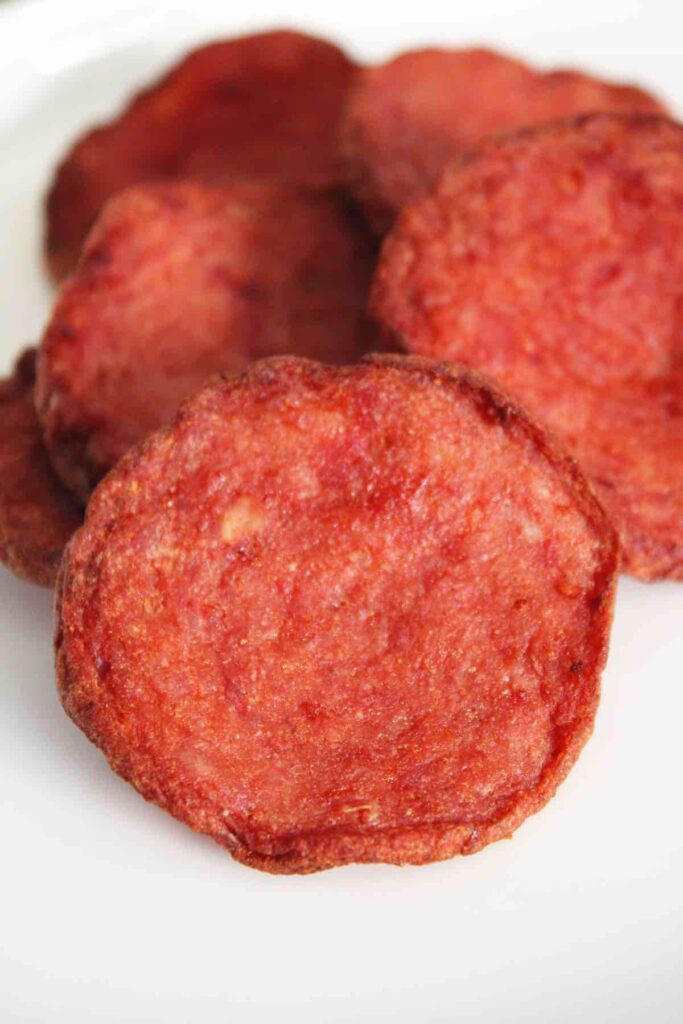
Instructions:
- Mix Ingredients: Combine the ground pork with all the seasonings in a large bowl. Make sure to mix thoroughly to distribute the spices evenly. If you have a meat grinder, you can grind the pork yourself and mix the spices in during the grinding process.
- Cure the Meat (Optional but recommended): If using curing salt, cover and refrigerate the seasoned meat mixture for 24 hours. This helps in curing the meat, which is essential for developing the salami’s flavor and texture, and also makes it safer to eat.
- Stuff the Casings: If you have a sausage stuffer, attach the casing to the stuffer’s nozzle. Feed the meat mixture into the stuffer and fill the casings, being careful not to overfill. Twist or tie off the salami into 6-inch links.
- Ferment and Dry: Hang the salami in a cool, dry place with good air circulation for 24-48 hours to ferment. After fermentation, continue to dry for 2 to 4 weeks, depending on the thickness of the salami and your preference for dryness. The ideal temperature for this process is around 55-60°F with about 75% humidity.
- Cook Before Eating: Unlike some European salamis, Dominican salami is typically cooked before eating. It can be fried, added to dishes like mangu, or eaten as part of a larger meal.
Remember, making salami involves careful handling and attention to cleanliness and temperatures, especially if you’re including the curing step. If you’re new to making cured meats, it might be a good idea to start with smaller batches and ensure you follow safety guidelines closely. Enjoy your homemade Dominican salami with a plate of mangu for a truly authentic Dominican breakfast!
Conclusion
Creating Dominican salami at home offers a genuine taste of Dominican culinary traditions, allowing you to customize flavors to your liking. This hands-on approach not only enhances dishes like mangu but also deepens your connection with the cuisine. By making your own salami, you engage directly with the rich flavors and heritage of the Dominican Republic, turning each meal into a celebration of culture. Dive into this rewarding culinary project and savor the robust, distinctive taste of homemade Dominican salami.
If you’re keen to explore an Easy Dominican Mangu Recipe, click here to dive in!
Easy Dominican Mangu Recipe: https://sazonytumbao.com/dominican-recipes-mangu/

